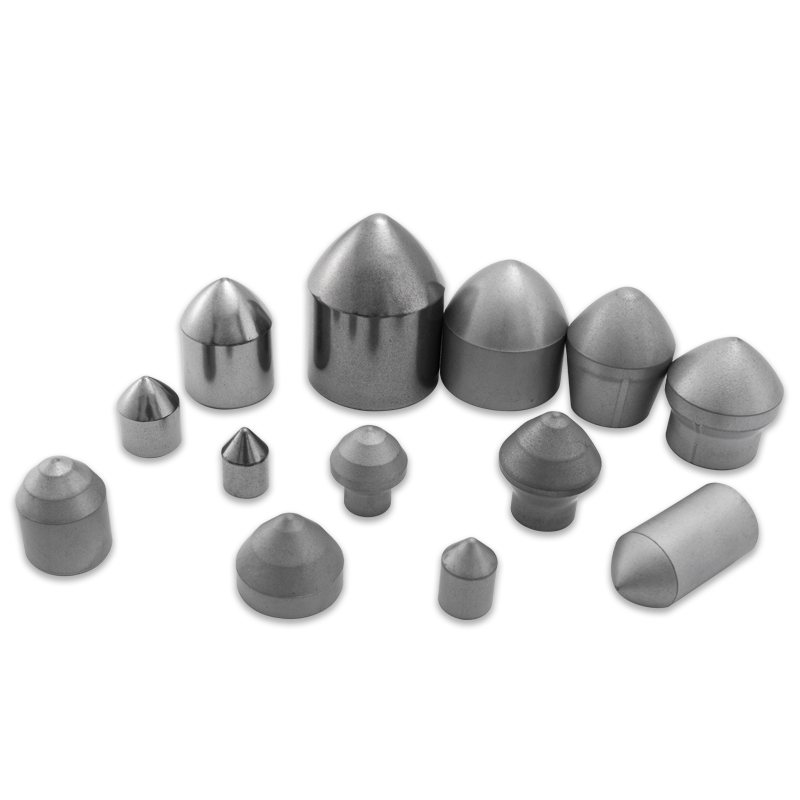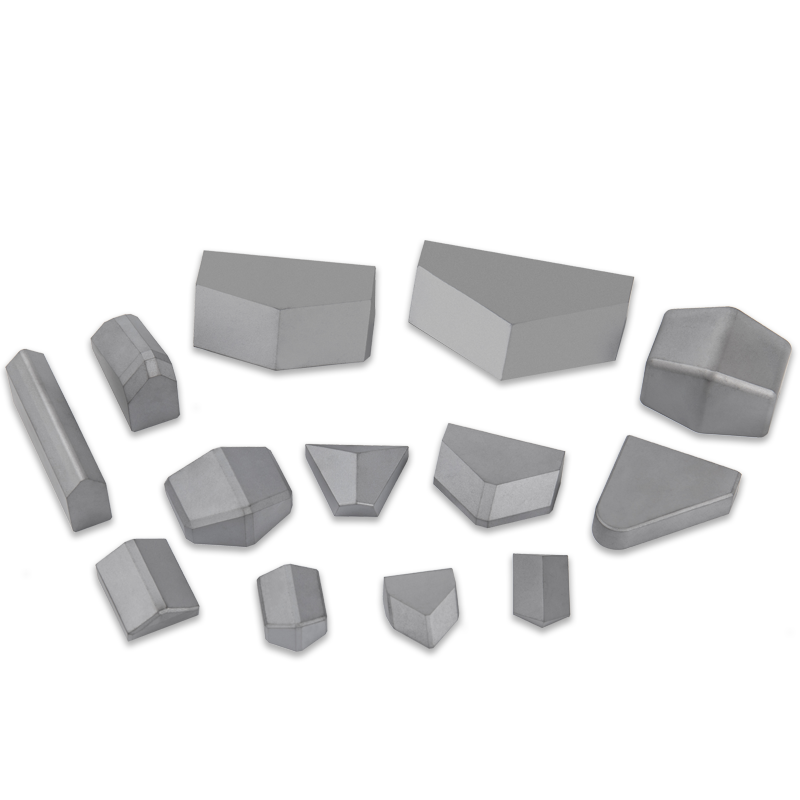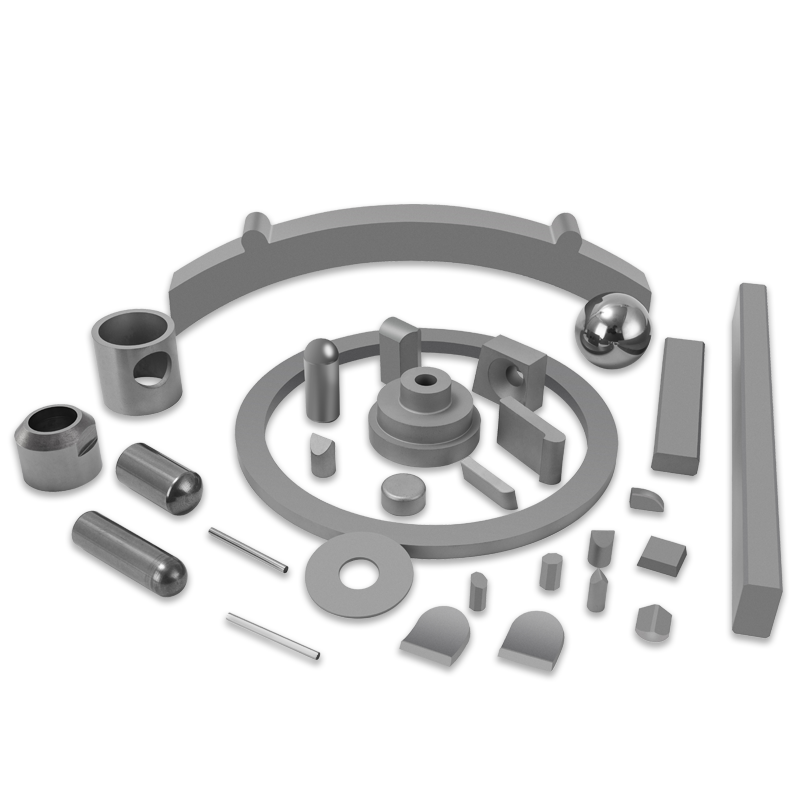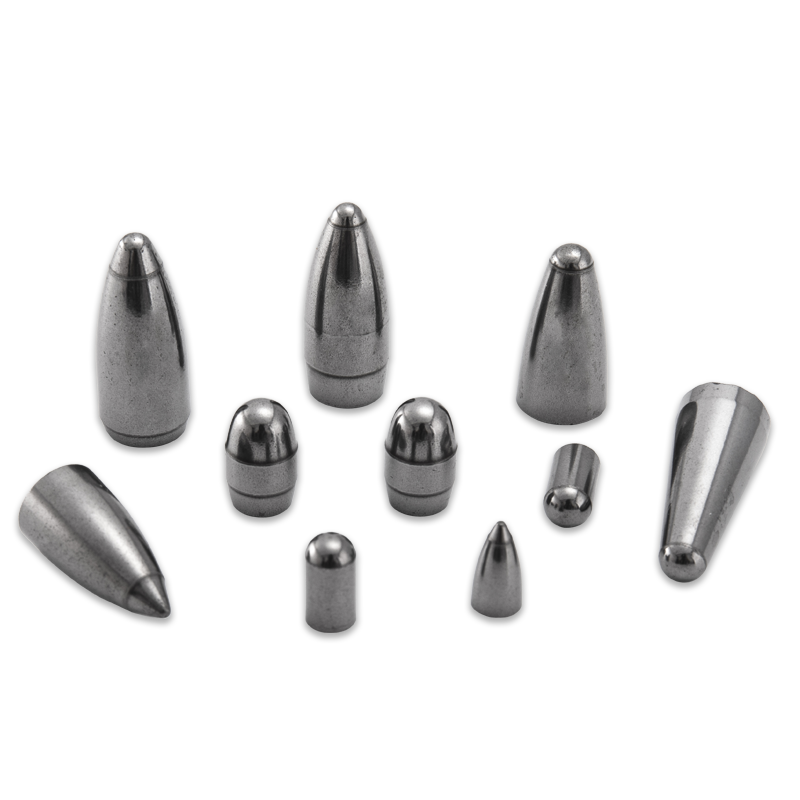Understanding Tungsten Carbide: Properties, Applications, and Advantages
Industry News-Tungsten carbide, often referred to as cemented carbide or simply carbide, is a high-performance material renowned for its exceptional hardness and wear resistance. Composed of equal parts tungsten and carbon atoms, this metallic compound has become indispensable in industries ranging from manufacturing and mining to aerospace and defense.
What Is Tungsten Carbide?
Tungsten carbide is a chemical compound formed by the combination of tungsten metal (W) and carbon (C). The result is a dense, durable material with a Mohs hardness rating just below that of diamond. With a density of about 15.7 g/cm³, it is heavier than steel and boasts superior strength, making it an ideal material for high-stress environments.
Also known as WC, tungsten carbide exists in two primary forms: as a powder for sintering and as solid rods or blanks used in toolmaking. When bonded with a metal binder like cobalt or nickel, it forms what is commonly called cemented carbide, offering enhanced toughness.
Key Properties of Tungsten Carbide
Exceptional Hardness: One of the hardest known materials, ideal for cutting and drilling applications.
High Density: Its weight and density make it perfect for applications requiring mass and stability.
Heat Resistance: Can withstand extremely high temperatures without deforming.
Corrosion Resistance: Resistant to rust and oxidation, making it suitable for harsh environments.
Wear Resistance: Maintains its structure under abrasive conditions.
These characteristics make tungsten carbide material a go-to choice for industrial tools, cutting inserts, and machining equipment.
Common Applications
Tungsten carbide is widely used across multiple sectors, thanks to its outstanding physical properties. Some common applications include:
Cutting Tools: End mills, drills, and turning inserts made of tungsten carbide alloy provide extended tool life and improved efficiency in machining.
Mining and Drilling Equipment: Buttons and bits for rock drills and oil exploration benefit from its durability and strength.
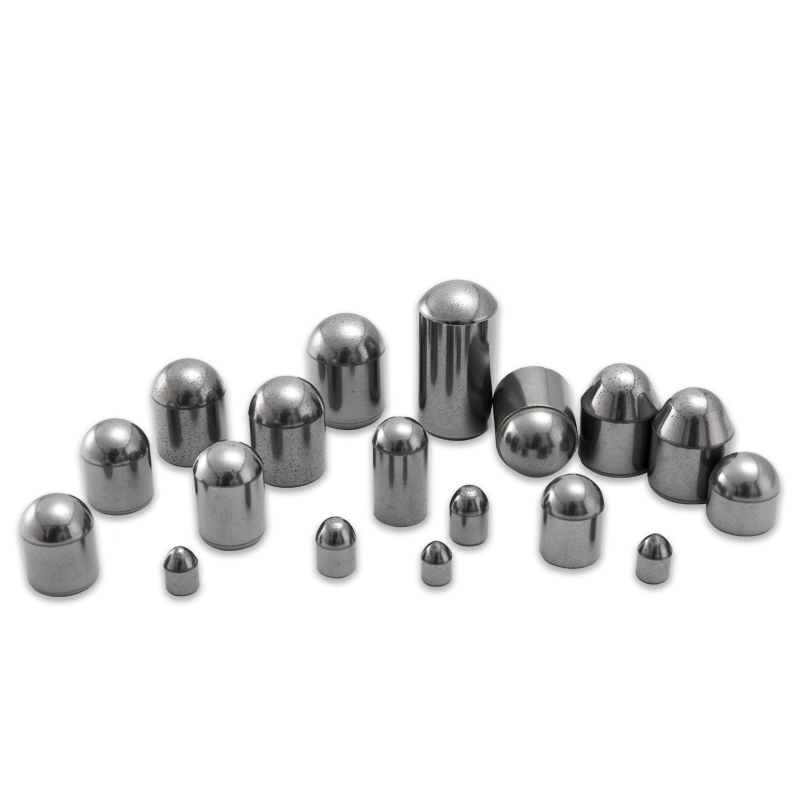
Wear Parts: Bushings, valve seats, and nozzles in high-wear applications often utilize cemented carbide components.
Ammunition and Defense: Armor-piercing bullets and other military-grade tools often incorporate tungsten carbide cores.
Jewelry and Fashion: Rings, bracelets, and watches crafted from carbide material offer a sleek look with unmatched scratch resistance.
Advantages Over Traditional Metals
Compared to conventional metals like steel or titanium, tungsten carbide provides a longer service life and better performance in demanding tasks. Its resistance to thermal deformation, abrasion, and mechanical stress ensures cost-effectiveness in long-term use.
Moreover, the ability to mold carbide parts into various shapes through sintering allows for customization in high-precision industries like aerospace and automotive manufacturing.
Environmental and Economic Considerations
While tungsten carbide tools are more expensive upfront, their durability and low maintenance costs offer significant savings over time. Recycling efforts are also growing, as scrap carbide can be recovered and reused, contributing to a more sustainable industrial ecosystem.


 English
English русский
русский